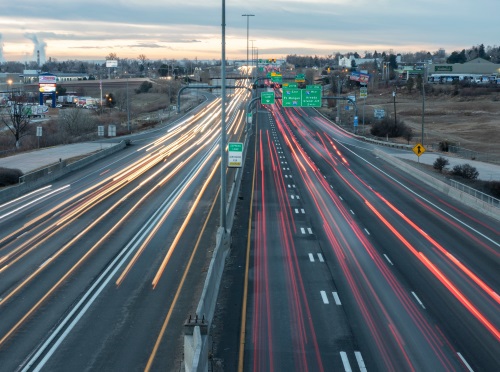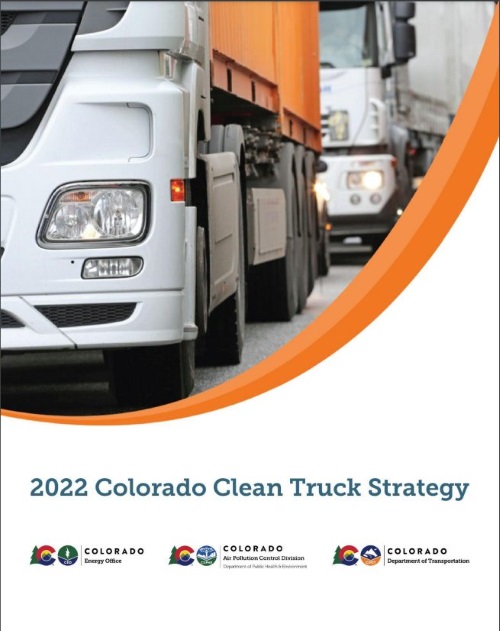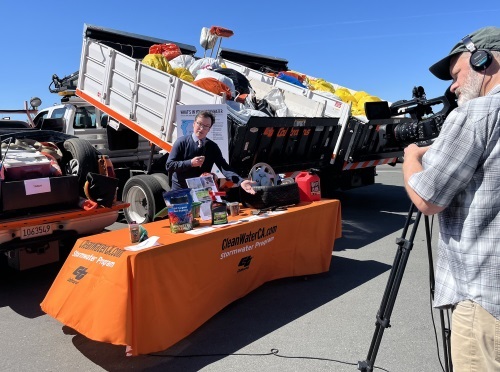FEDERAL ACTION
Former USDOT Secretary Norm Mineta Dies – AASHTO Journal
DOJ and EPA Announce New Enforcement Strategy to Advance Environmental Justice – National Law Review
White House Wants to Ensure Good Stewardship of Infrastructure Funds – Government Executive
Senate committee advances package to fund recreation infrastructure, public lands access – Bicycle Retailer and Industry News
Biden’s new environmental justice chief faces a tough task – Washington Post
COVID-19
CDC Reissues Mask Recommendation On Planes And Public Transportation Across America As Much Of The Northeast Moves Into “High Transmission” Category – Deadline
TSA Reports 50% Rise in COVID-19 Amongst Staffers in the Two Weeks Since the Mask Mandate Was Lifted – Your Own Kanoo
Unruly air passenger rates declined in the U.S. after mask mandates were suspended. – New York Times
NEPA
What is NEPA? – Utah Public Radio
INFRASTRUCTURE RESILIENCE AND SUSTAINABILITY
White House to Help States Plan for National EV Charging Network – Transport Topics
Illinois to put remaining VW settlement money toward EV infrastructure – Mass Transit
Smart Pavement Powering EV Charging, In-road Traffic Sensors – Route Fifty
When it’s impossible to fight rising sea levels, should we move somewhere else? – San Francisco Examiner
How Houston Is Growing its Bike Infrastructure – Planetizen
AIR QUALITY
Alaska DOT&PF Part of Low Emission Ferry Project – AASHTO Journal
WYDOT Will Request Exemptions to Federal Electric Vehicle Charging Program – Cowboy State Daily
How Does Transit Help the Climate? – The Equation (Blog)
ENVIRONMENTAL JUSTICE
Equity in Electric Vehicle Charging – AASHTO’s ETAP Podcast
San Francisco to keep cars off popular Golden Gate Park road – AP
NATURAL RESOURCES
UAS Improve Environmental Data Collection – FHWA Innovator
ADOT relies upon groups for trash clean up – Wickenburg Sun
Nonprofit report points to outdated Clean Water Act for the miles of polluted rivers across the U.S. – Great Lakes Now
The Fight Over Managed Retreat – Malibu Magazine
SpaceX Starbase expansion plans will harm endangered species, according to Fish and Wildlife Service – CNBC
Caltrans Spotlights Top Six Pollutants Degrading California’s Water Quality – Caltrans (Media release)
CULTURAL RESOURCES
What Historic Preservation Is Doing to American Cities – The Atlantic
HEALTH AND HUMAN ENVIRONMENT/ACTIVE TRANSPORTATION
Report: Switch to EVs Could Deliver $1.2T in Health Benefits – AASHTO Journal
Colorado safety stop legislation expects to create ‘bicycle-friendly’ communities – Greeley Tribune
New Rules Could Drastically Impact Use of Motorized Scooters in San Diego – KNSD -TV
The E-Bike Effect Is Transforming New York City – CityLab
California Targets Loud Exhaust with Sound-Activated Camera Enforcement – Autoweek
Experts Point to Safe Spaces Away From Busy Streets, Like Trails, As Essential to Inspiring People to Be Active – Rails-to-Trails Conservancy (Media Release)
TRB RESOURCES/ANNOUNCEMENTS
Sustainability and Emerging Transportation Technology (SETT) Conference – TRB
FEDERAL REGISTER NOTICES
National Bridge Inspection Standards – FHWA (Final rule)
Control of Air Pollution From New Motor Vehicles: Heavy-Duty Engine and Vehicle Standards; Extension of Comment Period – EPA (Notice; extension of public comment period)
Noise Exposure Maps Notice for Piedmont Triad International Airport, Greensboro, North Carolina – FAA (Notice)



